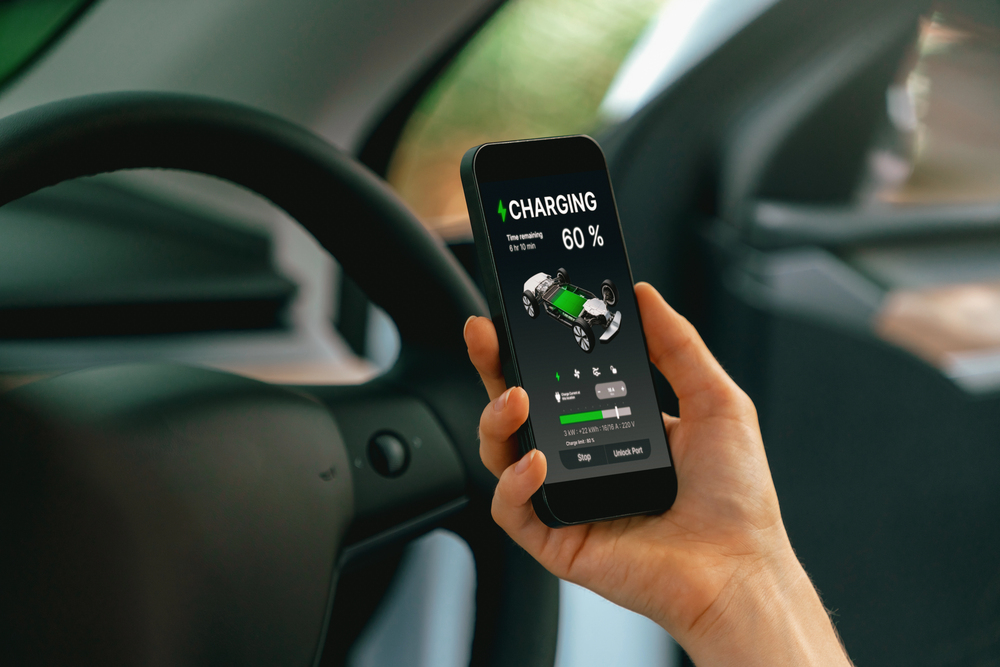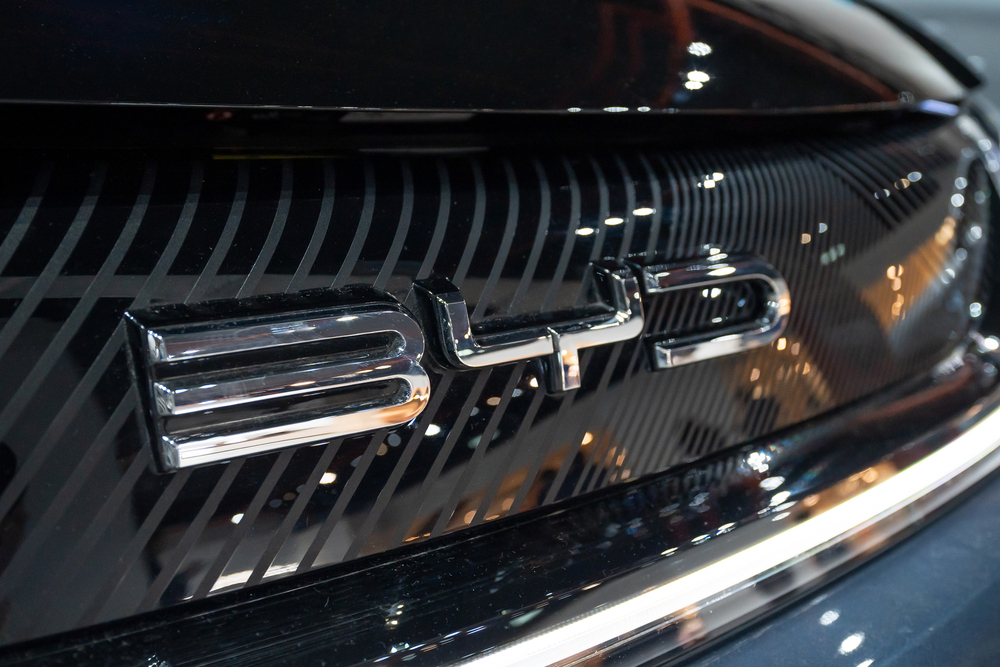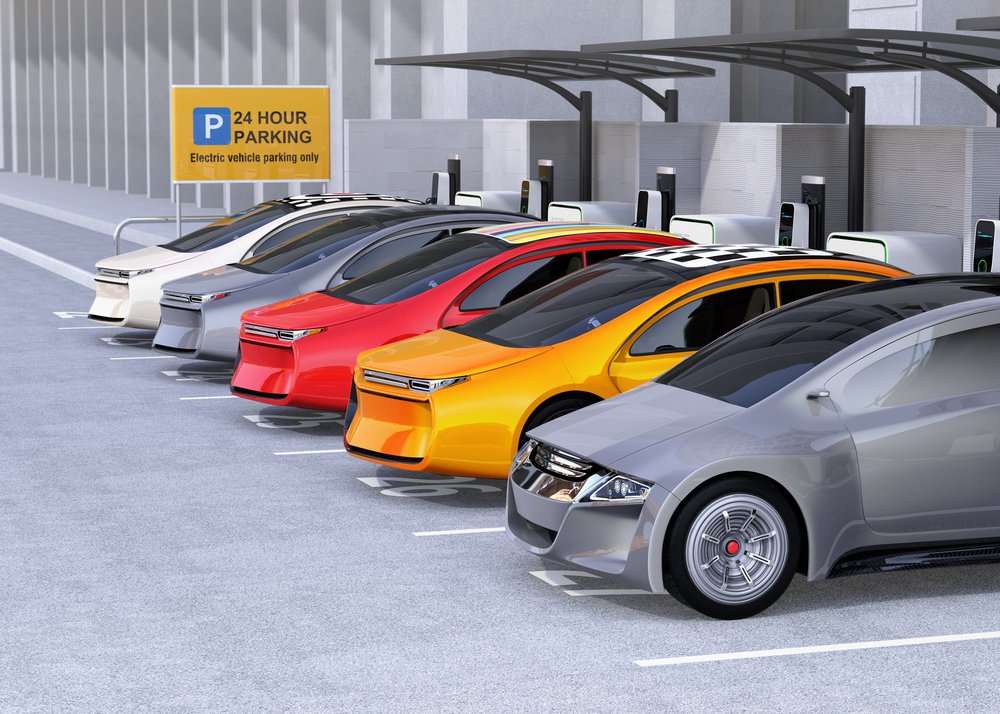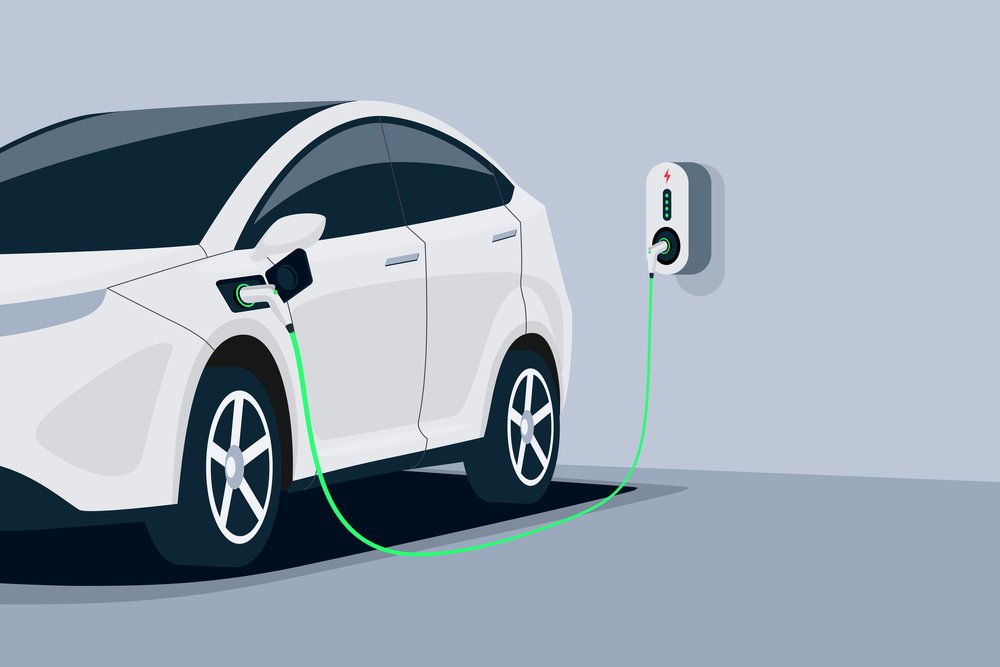
Consumers have many concerns about electric vehicles. After the high cost to purchase, range and public charging infrastructure are the main holdbacks according to various surveys.
One of the most recent ones comes from the 2024 Mobility Trend Report from Volvo Car Canada. It reported that even though 64 per cent of Canadians are looking at an EV for their next vehicle purchase, 65 per cent are worried they will get stranded if they run out of charge. Furthermore, 59 per cent say there are not enough places to charge an EV.
On top of that, nearly four in five (78 per cent) agree there currently isn’t enough publicly available charging infrastructure to make EVs a good option for them.
As a result, industry leaders have repeatedly urged would-be shoppers to consider their daily use case — if they use a vehicle for their commute to work or short trips around town, an EV can generally fit seamlessly into their lives. But for those who prefer road trips of long distances, having a gas-powered vehicle at least as a secondary option is still recommended.
But can road trips still be done with an EV? EV World editor Adam Malik had the chance to find out. Vehicle sharing company Turo offered him the opportunity to use its services to try out an EV. He browsed through its offerings and found a Tesla Model Y. He booked it and had the vehicle delivered to him at his house.
He shared his experience of being on the road with an EV, what he encountered and what he learned.
EVW: Tell us about the trip you took
AM: I was heading to Detroit, Michigan, for the MEMA Aftermarket Suppliers Vision Conference. Being in Toronto, it’s a relatively close trip — a 400-km drive. When Turo approached me to try out its service and vehicles, I thought this was a perfect opportunity to take an EV on an extended trip. I write a lot about the EV market. I talk a lot about EV trends. But other than test drives, I’ve never actually driven an EV for an extended period of time.
I ended up choosing a Tesla because it’s the most popular brand out there today. So I decided to give them a shot.
I got the vehicle early in the morning of the day of my trip. I took it for a short drive around my neighbourhood just to get used to it, especially the braking because that is a major difference from using an internal combustion engine vehicle. You take your foot off the pedal and it’s just the same as hitting the brakes. So, I got used to the feel of it and then I hit the road.
So I was mentally prepared for all scenarios. I didn’t know where I’d be stopping off to recharge, if the chargers would work, how long I’d wait.
EVW: Were you nervous about taking a road trip in an EV?
AM: Definitely. You hear both sides. You hear about the people who do it regularly without issue and how much they love the experience. I know people who’ve driven from Ottawa to Toronto regularly without a problem, which is about as far as Toronto to Detroit. Then you hear about those who are frustrated with having to stop to charge and the waiting around. You hear about broken charging stations. All of that.
So I was mentally prepared for all scenarios. I didn’t know where I’d be stopping to recharge, if the chargers would work, how long I’d wait.
But I have to hand it to my Turo host — he showed me how to navigate the system and put me at ease. I can only speak to the Tesla experience as well — but it was good at showing me where I needed to stop to charge up.
EVW: What were your first impressions?
AM: I had two main first impressions. One was just being in an electric vehicle and one was being in a Tesla. Being in an EV, it was cool. It really was a great experience. It was a fun car to drive. The feel of it is different. You don’t have the changing of the gears, which wasn’t new since I’ve noticed that in test drives, so I knew that was coming — but just having that constantly during my drive was interesting. Other than that, it was really just like driving a regular vehicle. You’re still turning a steering wheel. That doesn’t change.
The second impression was being in a Tesla, a non-traditional automaker, versus an EV that is built by a car company. It felt like being in a Tesla was being in something that was technology-focused with a car wrapped around it. And I wonder if being in say, a Ford Mach-E or a Hyundai Ionic 5, if it would feel like a car wrapped around technology, if that makes sense. It felt like the technology came first and the car was second in a Tesla, which led to some quirky user experiences.
EVW: What was the driving experience like?
AM: It was very fun, perhaps not dissimilar to a high-end sports car with the handling and the power, the speed. With the way the EVs hug a corner, the low centre of gravity, you do feel that when you’re taking those tight turns. You realize you can take them a little more aggressively than you would in a typical combustion engine vehicle.
Beyond that, it’s just like an ICE vehicle. There’s still a steering wheel, there’s still a switch for the blinker, there’s a ‘gas’ pedal.
But being a Tesla, the full self-driving was an option. And I got to use that and that really to me was the biggest eye-opener of being in a Tesla — not in an EV, but in a Tesla specifically.
It was incredibly cool but also incredibly scary at the same time when thinking about where the technology is at with self-driving. It was good in the sense that it acted like a very cautious driver. It took those turns very carefully. I tried it at a stoplight. I was turning left and the car coming in the other direction was also turning left with no other vehicles. Under normal circumstances with human drivers, I would go left, the other driver would go left at the same time and we go on our way. What the Tesla did was make sure that car turned left and then it proceeded to make the left turn. So it was very careful. It was an interesting experience.
EVW: You mentioned quirky Tesla interactions. What were those?
AM: Like I said, a Tesla felt like technology wrapped around a car. Like the wipers — they were completely not in tune with the weather most of the time. It was sprinkling rain and the auto-sensor thought it was a hurricane. The wipers were just going back and forth so fast.
How a typical car puts your vehicle info in the dashboard in front of you, Tesla puts it in the centre. So you have to look away from the road to see their giant tablet of info. With the self-driving mode, it would ask you to tug on the wheel slightly so that it knows you’re there. But to see the notification, you have to turn your head slightly. There are also cameras inside the car to make sure you’re not falling asleep. So look away at the screen long enough and it sends a warning that you’re not looking at the road. So what is it? What do you want from me? You’re in this circle of trying to look at the road while also trying to peek at the notification, only to be told to pay attention to the road.
So quirky things like that of being in the Tesla where I wonder how it is in other EVs by traditional automakers who have a long history of making cars and know what drivers like.
The second impression was being in a Tesla, a non-traditional automaker, versus an EV that is built by a car company.
EVW: What was the charging experience like?
AM: I had no issues with charging. That was obviously my biggest fear because that’s all everybody seems to be scared about — is there charging infrastructure, what if I can’t find a charger, what if chargers are broken?
But I had no issues at all. I put my destination in as I went from Toronto to The Henry in Dearborn, Michigan. It gave me my route and said, ‘Here’s the route we’re going to take along the way. You’re going to stop off in London, Ontario, to recharge.” It showed me how long the charge would take. I could charge up enough to make it to my destination or I could do a full charge. Since I didn’t expect the hotel to have a charging station, I charged up as much as I could.
All three times I stopped to charge, the stations were in a plaza or mall parking lots. It took about a half hour each time to take the battery from a low state to that 80-90 per cent state. And a half-hour stop on a four-hour drive each way isn’t all that inconvenient. I stopped off, stretched my legs, grabbed a snack and away I went. I can see how on a multi-day trip, stopping every couple of hours can add a bunch of extra time to the journey. But a four-hour trip becoming four-and-a-half hours isn’t that big a deal.
Chargers were available and worked when the vehicle needed to be chargedEVW: Were the charging stations accommodating?
AM: Absolutely. Like I said, the stations were in centres where there was something to do. Funny enough, I think every other person who was charging was just hanging out in their cars, scrolling through their phones. Me being in the car for a couple of hours, I wanted to move around and so having the fast food restaurant, grocery store or coffee shop was great.
It makes me wonder about turning gas stations into charging stations. If someone is stopping for a half hour or even 15 minutes for a top-up, there needs to be something there to keep them or the kids entertained. Because that half hour can feel like an eternity with cranky kids in the back seat.
But for me, the stations were conveniently placed. I could see where maybe if you went to a remote area — I’m not sure how the charging infrastructure is if you’re going to northern Ontario or northern Michigan, or wherever it may be, how the infrastructure is up there. So I see how it could be tougher if that’s the case. But we certainly need more public infrastructure for those remote areas and those who don’t have charging at their home or in their condo buildings.
Home charging is also such an important piece of the discussion.
But the importance of home charging can’t be ignored. That way there’s less reliance on public infrastructure. If you have a house with a driveway, you should have a charger.
EVW: Why is home charging important?
AM: It ties into public charging. There’s talk of urging more grocery retailers, for example, to install charging stations because many people take their car there and they can charge up while shopping. But if you live in a condo or for whatever reason can’t install a home charger, those public stations being conveniently placed is essential.
For me, my trip could have been quicker if I had a charger at home. And cheaper — I spent probably $80 for all charging I think that will be essential going forward. If you want to have an EV but not a home charger, you’re depending on these public chargers to do the job for you. When you want to get home, you don’t want to worry about having to stop somewhere for however long to charge up — and pay a higher rate — and then go home.
But the importance of home charging can’t be ignored. That way there’s less reliance on public infrastructure. If you have a house with a driveway, you should have a charger. You don’t need to worry about finding a place to charge on your way home so you don’t have to find a spot the next time you head out.
But what about people in apartments and condos? They need a “home” charger. If not in their building, there needs to be a central spot close by where people can recharge. If you’re a daily commuter, you’re not going to need the charger every day. But you need easy access.
EVW: What do you see for the future of the EV discussion?
AM: I think the negative histrionics around EVs need to tone down. People are absolutely right — EVs in their current state are not ready for the mass market. But it certainly works for a solid portion. And the current costs of a new EV are hard to justify for most.
Still, it feels like many people are expecting EVs to be everything to all people and perfectly operational out of the womb. Nothing in the history of mankind has ever been produced like that. As with everything — microwaves, DVD players, smartphones — the costs, the user-friendliness, the capabilities are limited in the early stages. As time goes on, technology improves, costs calm down and more options become available.
I love a line someone used to describe EVs: Toddlers. We’re in the young stage of the evolution of EVs. There’s much room for improvement. Hopefully, as we get closer to the EV mandate years, we’ve improved a lot. Yeah, they’re not great for all kinds of road trips. But they do work for some, like the one I just took. It was extremely convenient. They’re good for your daily trips but not cross-country ones. And if you don’t have a convenient place to charge, then it’s not a great fit.
I think there’s reason to be excited for it. But we have to temper expectations and manage those expectations and see where we are now and match it to our needs. It’s still early.
This article originally appeared in the Summer 2024 issue of EV World













Leave a Reply